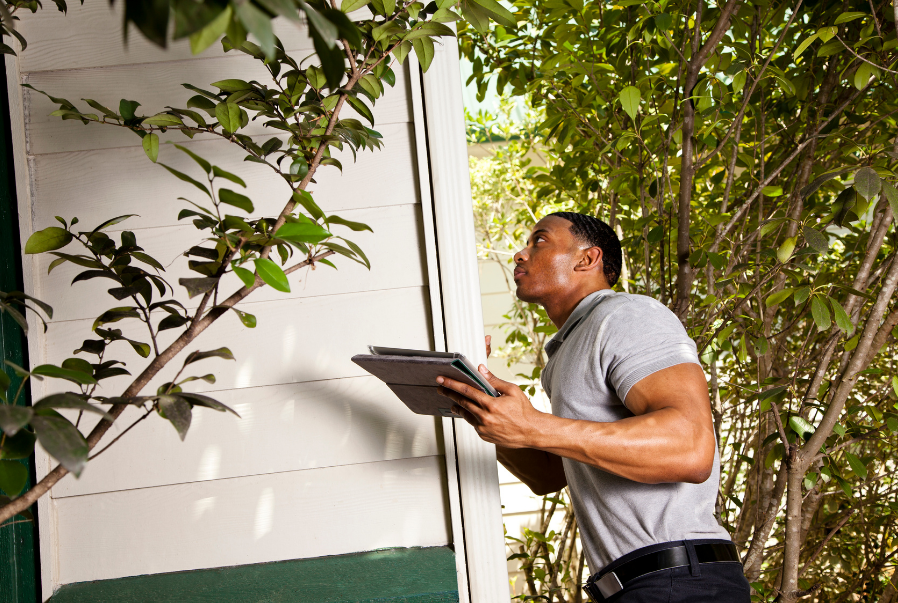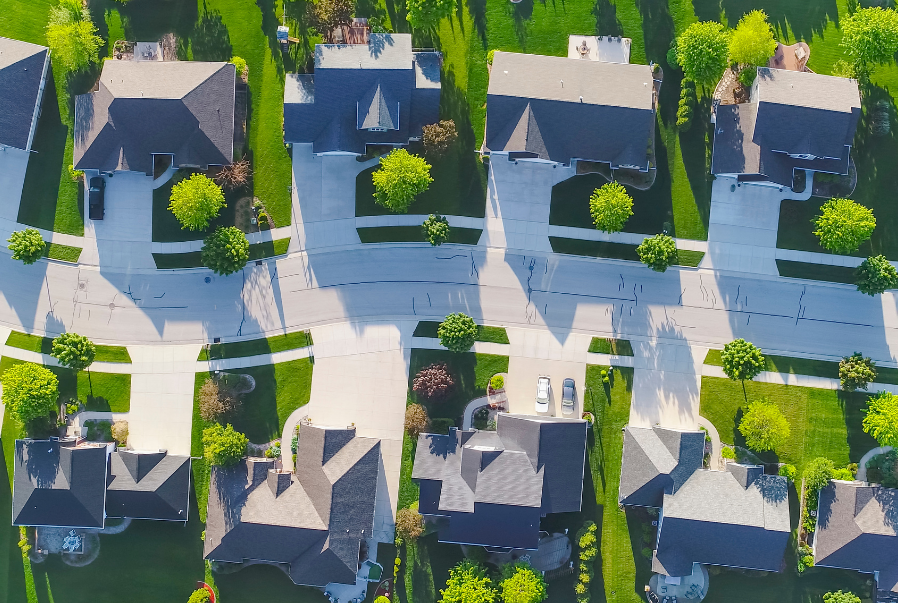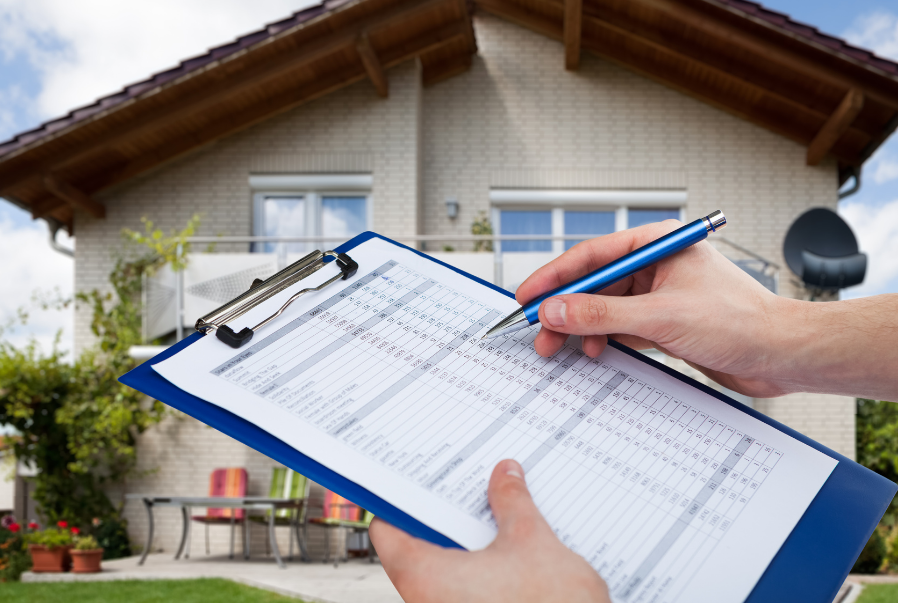Amidst the shifting from winter to spring, there’s a particularly beneficial practice that often flies under the radar: spring walk community site inspection. For board members and community managers alike, understanding and engaging in this activity can provide a whole host of advantages for your overall organization – which we’ll be discussing in this blog. Purposefully doing so at least twice a year during appropriate times like now, after winter has ended and prior to summer starting up; allows you greater insight into things such as safety, structural soundness and visual appeal within the community — all of which are imperative when it comes to the running or owning of any successful shared space. Stay with us through further analysis as we chart out tangible steps one should take towards strengthening their grasp on functionality over these areas!
Overview of the Benefits of a Community Site Inspection After Winter and During Spring

A thorough community site inspection can yield a wealth of information for community managers and homeowners associations alike. As winter fades and spring begins to take hold, it’s especially important to assess the condition of common areas, landscaping, and infrastructure. A comprehensive inspection can identify potential safety hazards, maintenance needs, and opportunities for enhancement or improvement. Taking action on these findings can help keep residents safe, satisfied, and engaged in the community. With a professional approach to site inspections, communities can take proactive steps to maintain and enhance their value for the long term.
Pre-Inspection Checklist to Make Sure You’re Prepared
Before starting any kind of inspection, it’s important to have a pre-inspection checklist in place to ensure that you’re properly prepared. This checklist should cover all of the necessary steps to take before the inspection itself, such as gathering all relevant paperwork and tools, assessing any potential hazards, and determining the scope of the inspection. By thoroughly preparing before the inspection begins, you can save yourself time and avoid any potential issues that may arise during the process. Whether you’re conducting a safety inspection, a home inspection, or any other type of assessment, taking the time to create a solid pre-inspection checklist can help ensure that you’re fully prepared and able to conduct a thorough and effective inspection.
How to Spot Potential Red Flags During Your Inspection
At a professional inspection, it’s important to be able to spot potential red flags during your inspection that could indicate larger issues. One key area to focus on is the foundation. Look for cracks or unevenness in the walls or floors that could point to foundational issues. It’s also important to inspect the roof closely for any signs of damage, particularly if it’s an older property. Another area to pay close attention to is the electrical system. Check for outdated wiring or visible damage to electrical components, as these could be fire hazards or potential safety concerns. By staying vigilant and focusing on these key areas during your inspection, you can help ensure that your clients are fully informed about any potential issues with the property in question.
Tips for Properly Assessing Grounds and Building Maintenance Needs

Properly assessing grounds and building maintenance needs is a critical aspect of successful community management. The first step in this process is to conduct a thorough inspection of the property, taking note of any visible damage or signs of wear and tear. From there, it’s important to prioritize the necessary repairs and establish a maintenance schedule. Regular maintenance can help to prevent more costly repairs down the line, while also creating a safe and visually appealing environment for tenants or visitors. Additionally, it’s wise to work with a trusted team of professionals who can handle more complex repairs or updates. With a proactive approach to maintenance, property managers can ensure that their properties remain in top condition for years to come.
Best Practices for Planning Ahead to Address Maintenance Issues Before They Become Major Issues
As a professional community manager, it’s important to plan ahead for maintenance issues before they become major problems. One of the best practices to achieve this is to establish a regular schedule of inspections and preventative maintenance. This will help to identify potential issues before they escalate and ensure that all systems and equipment are functioning at their optimal level. Additionally, developing and implementing a comprehensive maintenance plan can help to reduce the frequency and severity of unexpected breakdowns, minimizing the impact on tenants and maximizing the longevity of your property. By prioritizing proactive maintenance, you can save time, money, and headaches down the road.
RowCal’s actionable guide to a successful spring walk inspection:
1. Review the property’s governing documents.
The first step in conducting a community inspection is to review the property’s governing documents. These documents will outline the expectations for property upkeep and can help to identify any potential problem areas. Additionally, the governing documents may contain information on who is responsible for various maintenance tasks.
2. Inspect the exterior of the property.
Once you have reviewed the governing documents, you should then inspect the exterior of the property. This includes inspecting the condition of the building, checking for any signs of damage, and assessing the condition of the landscaping. Additionally, you should check for any potential safety hazards, such as loose railings or broken steps.
3. Inspect common areas.
Common areas are those areas of the property that are shared by all residents, such as lobbies, hallways, and laundry rooms. When inspecting common areas, you should pay close attention to cleanliness and general upkeep. You should also look for any potential safety hazards, such as wet floors or exposed electrical outlets.
4. Inspect individual units with common elements.
After inspecting the common areas, you should then inspect individual units. This includes checking for any signs of damage or disrepair and assessing the condition of the unit’s fixtures and finishes that the HOA is responsible for maintaining. Additionally, you should check for any potential safety hazards, such as loose handrails or exposed electrical outlets.
5. Take photos or videos of all areas of the property.

As you conduct your inspection, be sure to take photos or videos of all areas of the property. This will provide a visual record of the condition of the property and can be helpful in documenting any problems that are found during the inspection.
6. Make a list of all observed problems.
As you inspect each area of the property, make a list of all observed problems. This list should include a description of each problem, as well as its location on the property. Be sure to include both major and minor problems on this list so that all issues can be addressed in a timely manner.
7. Prioritize observed problems based on severity.
Once all observed problems have been documented, they should then be prioritized based on severity . This will help to ensure that all major problems are addressed first and that minor issues do not become major ones. Additionally, this will help to ensure that limited resources are used in an efficient manner.
8. Create a plan to address all observed problems.
After all observed problems have been documented and prioritized, you should then create a plan to address them. This plan should include a timeline for addressing each issue, as well as who will be responsible for completing each task. Additionally, this plan should include a budget for addressing all observed problems.
9. Schedule follow-up inspections.
Finally, once all observed problems have been addressed, you should schedule follow-up inspections to ensure that all issues have been resolved. These inspections should be conducted at regular intervals so that any new problems can be quickly identified and addressed.
As a community manager, it is imperative to take the necessary steps by conducting a spring walk to ensure that your communities are in tip top shape after winter. Pre-inspection checklists should be used so that you’re well prepared when inspecting your grounds and buildings. Pay close attention to potential red flags while onsite, as these can spell disaster if action isn’t taken immediately. Ensure that all maintenance needs are properly assessed and addressed before they become major problems later on. By working with local contractors, planning ahead for any glitches or malfunctions, and keeping up with regular inspections, you can rest assured that all aspects of your property are safe and secure even during inclement weather conditions. With due diligence and attentive care, you can keep your community in tip-top shape year round.

